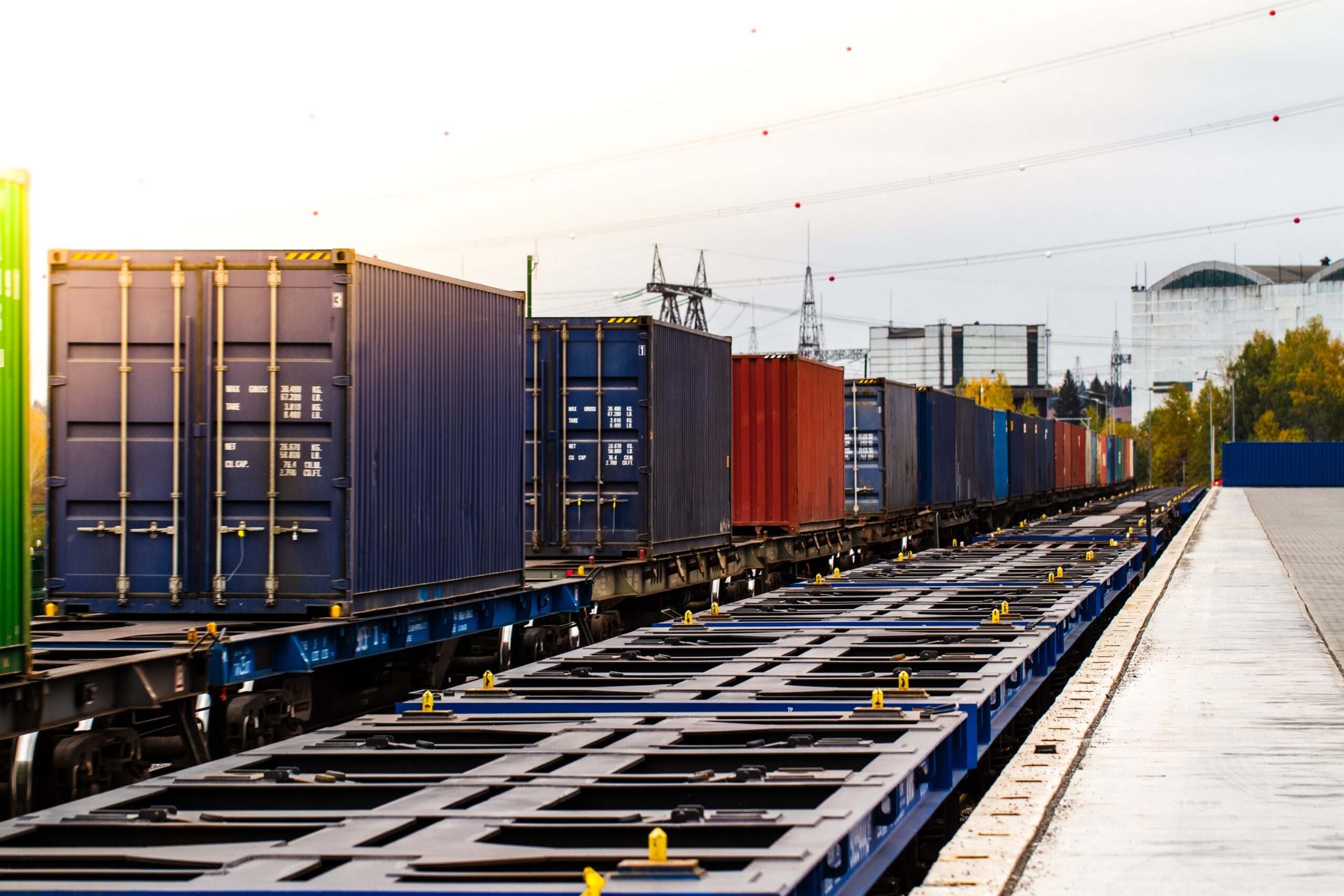Less than a week after attending the Mobile World Congress in Barcelona, I found myself on the exhibition floor again, this time in Breda at the Multimodal Transport Expo. An event where all transport modalities come together.
From inland shipping and shortsea to road transport, rail freight, and air cargo, the expo provided a broad range of insights into current and future logistics challenges. What stood out to me the most? The increasing role of connectivity in this sector.
A Professional Affliction
As someone who works with connectivity daily, I catch myself looking at how networks and digital infrastructure contribute to more efficient processes in every industry. And logistics is no exception. In an era where speed, sustainability, and reliability are crucial, smart connectivity is becoming increasingly important for multimodal transport.
Multimodality: More Than Just Transport
The expo emphasized the importance of seamless collaboration between different transport modalities:
Inland shipping and shortsea remain attractive alternatives for long-distance transport, especially with increasing road congestion and the need to reduce CO2 emissions. Initiatives such as autonomously sailing inland vessels powered by hydrogen, presented by Samskip, highlight the role of innovation.
Road transport remains an indispensable link in the logistics chain but faces challenges such as driver shortages and parking issues. Smart planning systems and better connectivity can improve efficiency.
Rail freight is gaining traction as a sustainable alternative, particularly for long distances within Europe. Digitalization plays a major role, for example, through advanced tracking and planning systems that enable seamless connections between transport modalities.
Air cargo is crucial for high-value and time-sensitive goods. Here, connectivity is becoming increasingly important for real-time shipment tracking and faster customs processing.
Digital Infrastructure: The Backbone of Logistics
Companies in the transport and logistics sector are increasingly relying on digital infrastructure to enhance efficiency, safety, and sustainability. Here are some key applications:
- Real-time Tracking and Visibility: IoT sensors and GPS trackers help monitor goods in real time, ensuring greater transparency and better route optimization.
- Automated Supply Chain and Planning: AI and big data predict when trucks need to be deployed, containers should be transferred, or ships should enter the port. This helps minimize wait times and prevent empty runs.
- Smart Ports and Terminals: Ports like Rotterdam and Antwerp use 5G and cloud-based networks to accelerate container processing and digitalize administrative procedures.
- Multimodal Transport Optimization: Digital platforms make it easier to switch between different transport modalities, reducing costs and improving sustainability.
- Blockchain for Security and Transparency: Blockchain technology secures freight documents, contracts, and customs paperwork against fraud and errors, speeding up logistics processes.
- Autonomous and Smart Transport: Self-driving trucks and autonomous vessels rely on sensors, AI, and edge computing to navigate safely and integrate within existing transport networks.
Connectivity as the Common Thread
What all these transport modalities have in common is the need for reliable, fast, and secure digital infrastructure. From IoT solutions in trucks to blockchain in supply chains and 5G networks in ports, connectivity makes all the difference. Without smart communication between vehicles, hubs, and operators, many innovations would not take off.
My visit to the Multimodal Transport Expo reaffirmed how essential digital infrastructure is for the logistics sector. And yes, maybe it’s a professional affliction, but I remain fascinated by how technology is making transport smarter, more sustainable, and more efficient.
Jos Beckers

